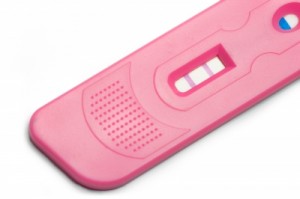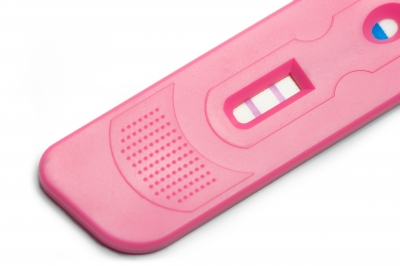 If you are expecting your period, implantation during early pregnancy often mimics the signs and symptoms of premenstrual syndrome, especially if you don’t know that you are pregnant or your pregnancy is a complete surprise. Implantation bleeding occurs in roughly 1 to 2 percent of women and many women often mistake it for their period. Implantation bleeding generally occurs around 6 to 14 days after conception, which happens to be around the same time that you would normally get your period.
If you are expecting your period, implantation during early pregnancy often mimics the signs and symptoms of premenstrual syndrome, especially if you don’t know that you are pregnant or your pregnancy is a complete surprise. Implantation bleeding occurs in roughly 1 to 2 percent of women and many women often mistake it for their period. Implantation bleeding generally occurs around 6 to 14 days after conception, which happens to be around the same time that you would normally get your period.
Disclosure: This post is for informational purposes only. If you are concerned, please contact your OB/GYN or midwife for an appointment.
How does Implantation Occur?
Implantation occurs when the egg is implanting into the lining of your uterus. The egg is surrounded by a trophoblast, which is a highly specialized tissue that protects the egg after it is fertilized. The trophoblast forms the moment the egg is fertilized in the ovaries and protects the egg as it makes it’s way to the uterus. Then it attaches itself into the endomentrium lining of the uterus. This is the tissue is normally shed during menstruation when your body isn’t pregnant but if you are pregnant you body uses this tissue to nourish the fertilized egg. The endomentrium lining is necessary for the blastocyst (your embroyo) and trophoblast (which will turn into the placenta) to grow and receive nourishment.
